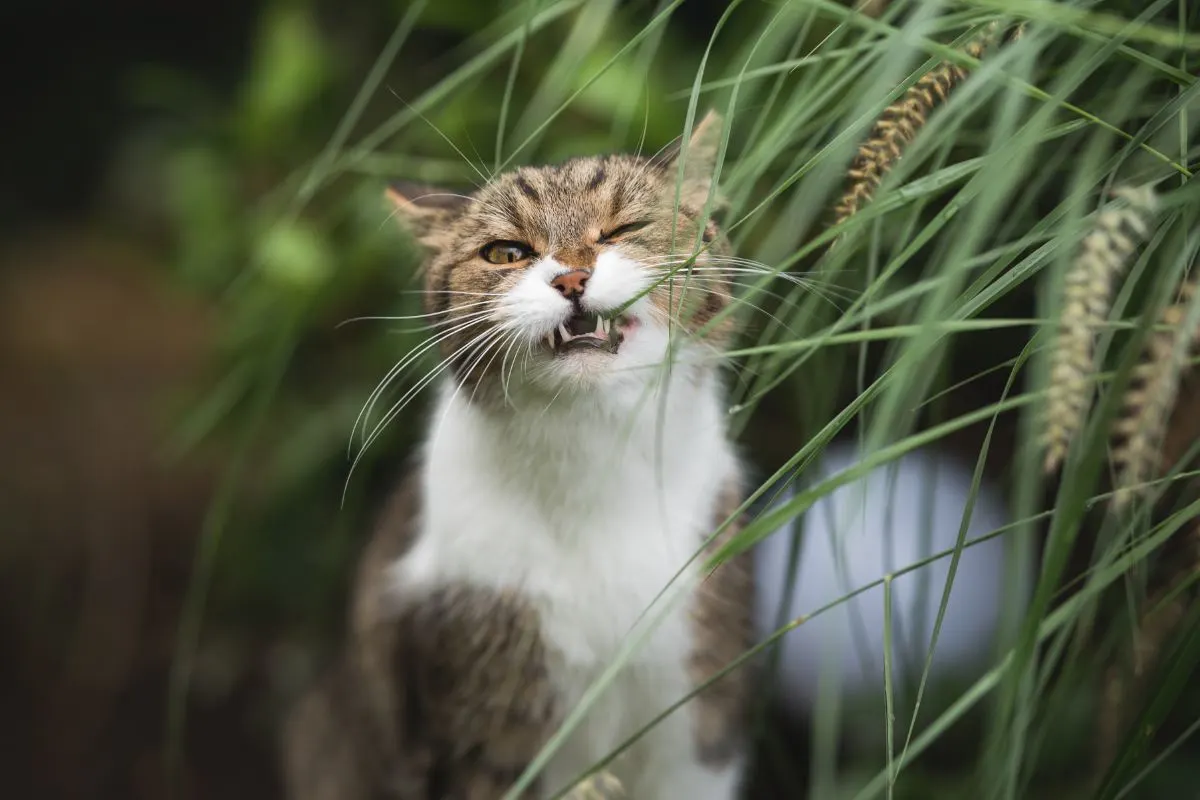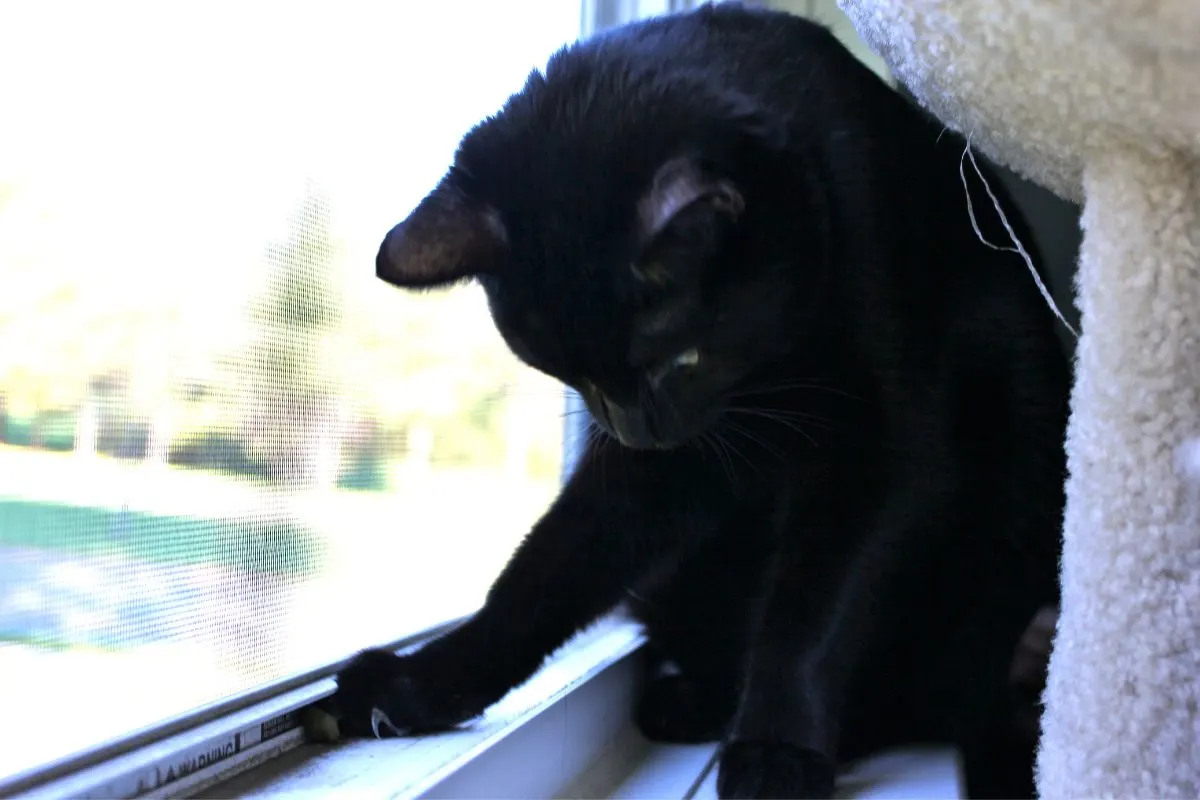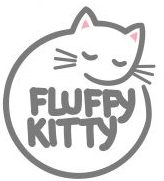Have you heard about insect-based cat food? Yes — that’s right, pet food made from crawly critters! You might think we have entered the sci-fi realm, but many cultures have actually been chowing down on insect protein for centuries.
In fact, in Mexico and China, among others, they are considered a delicacy!
With insect-based protein for pets now being recommended by climate scientists, happy owners, and even some vets — is it really the better choice for our animals and the environment too?
Let’s find out.

Quick Facts:
- Insects are naturally eaten by cats in the wild and caught by domestic cats
- Insect-based food uses much less land, water & natural resources than conventional meat sources, while also solving the issue of food waste by using it as insect feed
- Short term studies on health, digestibility, and nutrition are positive
- Long term studies on these areas do not exist as insect-based pet foods have only been on the market since 2018
- As an unregulated industry, choose an insect-based brand carefully – looking for safe processing and ‘human grade’ where possible
- Insect-based foods aren’t always the most budget-friendly option
In this article, we’ll be doing a deep dive into the pros and cons of insect-based cat food, looking at the eco-credentials, the science & safety, your best brand options, customer reviews & options for owners on a budget.
So let’s begin by understanding where insect-based cat food came from.
The Origins of Insect-Based Pet Food
While in Western culture we are more used to tucking into a beefsteak than making a meal out of a mealworm, insects are actually already commonly used in much of our agricultural work.
For example, poultry can be supplemented with black-soldier flies, common housefly larvae, and yellow mealworms to create a protein-filled snack for hens.
While we may initially feel our kitties might not enjoy this crawly, creepy meal…they might disagree. Research has shown that both free-ranging wolves and feral cats consume insects freely in the wild, making up 1% of their diet.
Insects also make up 1% of the animals brought home by British domestic cats with outdoor access. While these numbers aren’t huge, it shows that our furry friends across the pond don’t seem to have an aversion to these unconventional food sources.
And unconventional sources might be the future. That’s because the production of dry pet food alone emits around 106 million tonnes of carbon dioxide each year, according to a 2020 study.
There’s no doubt that pet food needs a more sustainable route to go down, and many owners feel the pressure to make better choices for their pets and the wider world. Especially those with a vegetarian or vegan lifestyle.
But for carnivorous pets, the options can seem thin on the ground. So it’s no surprise then that manufacturers of pet food have spotted a gap in the market.
With vegan cat food still in debate, insect-based pet food has entered the market with a bang. Offering the promise of a healthy, high protein & eco-friendly option.
…So are insects the answer to sustainably-minded pet owners’ prayers?
Is Insect Cat Food Eco-Friendly?
Protix is a Dutch company and the largest manufacturer of insect protein for pet products in the world. They list the following benefits:
- Compared with beef, insect-based foods use 2% of the land and 4% of the water per kg of protein.
- Farmed insect protein is mostly raised on human food waste, reducing both the emissions from and the actual food waste itself.
- 1 tonne of insects can be grown on 20 sq m of space in 14 days. They need no fertilizers or pesticides and produce very low emissions.
Lovebug, an insect-based cat food owned by supergroup Mars, believes insect food is the future. Their ‘grubs are fed on surplus veggies and plants and sourced from a farm powered by 100% renewable electricity using ‘80% less land than beef.’
Are There Other Benefits to Insect-Based Cat Food?
- Allergies – Many brands claim their foods to be hypoallergenic, because insects, they say, carry new and previously uneaten proteins — which minimizes the risk of an allergic response. However, research suggests that this claim has yet to be proven.
- Ethical concerns – If you are a vegan or vegetarian owner, you might find traditional cat food hard to stomach. Insects might be a little easier to accept, especially as many brands use grubs that have no ‘nociceptors’ — which is what makes us feel pain.
Brands like Yora detail that their humane slaughter process includes using ‘cold water pipes that chill them down to a hibernated state. So, they fall asleep when their body temperature is too low.’
Is Insect Cat Food Safe?
While many are excited at the sustainability benefits of insect-based cat food, you might still personally feel hesitant to make the switch. Not until you know more about the nutritional aspects of these formulas.
Of course, our fluffy kitties’ nutrition is so important. As ‘obligate carnivores’ meat is 100% necessary in their diet, as is the addition of essential nutrients:
- Vitamin A
- Niacin
- Taurine
- Arginine
These are vitamins and amino acids that cats cannot produce themselves, so we owners have to make sure they get them from their diet.

So What Does Science Say? How Do These Insect-Based Foods Stack Up?
Short-Term Studies Are Positive
Insect-based, complete pet foods have been on the market since 2018, and so far no health risks have been reported. Research has shown that ‘short-term feeding tests did not elicit negative effects on visible health of dogs and cats.’
Digestibility Matches Up
The *ahem* fecal digestibility (sorry) for insect-based foods matched up to the ranges shown by conventional protein sources in a 2020 study. In other words insect food will likely be palatable and digestible for your kitty.
Owners Are Positive
Research found that ’46 out of 50 pet owners gave positive feedback after learning they had been feeding an insect-based diet to their pet.’
Vets Are Interested
Simon Doherty, President of the British Veterinary Association, recently released a statement around insect-based food:
‘When compounded into a complete food product, insect protein offers a more sensible alternative to owners who want to offer a ‘livestock free diet to their pets rather than homemade vegetarian or vegan diets which often result in poor pet health & welfare – insect-based products are palatable, nutritious and bioavailable.’
The Long-Term Effect Is Unknown
As insect foods are still new to the market, no long-term studies exist. This is probably one of the biggest sticking points for some owners, who might be worried about any long-term health issues or side effects.
Insects Are Entirely Consumed
Unlike other livestock, insects are consumed whole. This means we’d need to be paying very close attention to how insects are farmed and processed to make sure they are safe.
Unregulated Industry
Following on from the above, insect farming is largely unregulated at the moment because it’s just so new! This means that there are a few areas pet owners might want to consider when assessing an insect-based brand:
- Processing – How do brands ensure their factories tackle possible contamination in the production and processing of their insects?
- Human grade – Unlike other pet food protein sources, insects can be raised for ‘feed’ purposes only. Feed grade ingredients are not held to the same safety standards as ‘human grade’ ingredients.
For pet owners considering an insect-based pet food or treat, it’s worth asking if the insects they use are considered human grade?
Which Are the Best Insect-Based Cat Food Brands?
Let’s take a look at some of the brands leading the insect-based charge:
- Lovebug™ – Lovebug™ cat food is made using black soldier fly larvae, as well as several other essential nutrients and amino acids.
- This food also contains maize and wheat – so isn’t a grain-free option.
- The insects are fed a wide range of food industry by-products (that would otherwise go to waste), so it ticks the box for a circular and sustainable source of protein there.
- The packaging is also 100% recyclable and made from paper, which can be put into your recycling bin.
- They claim their factory uses high animal welfare standards, however, they do say it’s a ‘feed’ manufacturer – so you might want to get more information there.
- Yora – As we noted earlier Yora actually uses the Danish farm Protix, which has a top-notch ethical and sustainable approach to their grub growing.
- Their feed is produced from the larvae from the black soldier fly.
- Packaging is fully recyclable wherever you recycle your carrier bags.
- Yora contains oats and corn, so it is not grain-free.
- As a ‘feed’ supplier, you might want more information about how Protix processes its insects.
- Catit Nuna – Nuna is a blend of insect protein and sustainably sourced fish protein, so you can reduce your impact on the environment without making a full switch.
- They claim their insects ‘are sustainably raised in Canada, the USA, and Europe, under clean and controlled circumstances.’
- Nuna contains millet – an ancient, gluten-free grain.
- Nuna contains no ‘cheap fillers’.
- Entoma – Entoma uses a mix of insect protein, vegetables, fruits, and superfoods to make a superfood-packed food.
- A grain-free option, containing linseed and chickpeas.
- The recipe does contain duck fat, which might be a deal-breaker for vegans or vegetarian owners.
- The insect meat used is made from mealworm and larvae from Hermetia Illucens flies.
- Their insects are bred on specialized farms and fed human waste (leftover cereal, fruit, and vegetables).
- Not much else is given away, so you might want to contact them with further questions!
The Wrap Up — Insect Based Cat Food
So what do we think? Is Insect food the future? I think there’s something worth considering here, for sure.
The few brands we mentioned above are backed by vets and nutritionists on their websites. However, to find the best insect cat food for your kitty, be sure to take the research concerns into consideration and don’t be afraid to ask questions.
And, of course, always consult your veterinarian before making any meal changes. There might be a reason why they think your cat would be better suited to a traditional diet, or they might be able to guide you towards a brand they feel offers the best nutritional option.
While the sustainable benefits of insect food are definitely exciting to us, you might be waiting a while for a budget-friendly insect cat food option. As a new sector, the cost of processing is high, so until this settles down you’ll likely be paying more for the privilege of feeding your kitty critters!
Time will tell as to how insect based foods affect our pet’s overall wellbeing, but with the current research looking promising – it seems to be a step in the right direction for the planet and our pets!
What do you think? Let us know in the comments below 🙂
